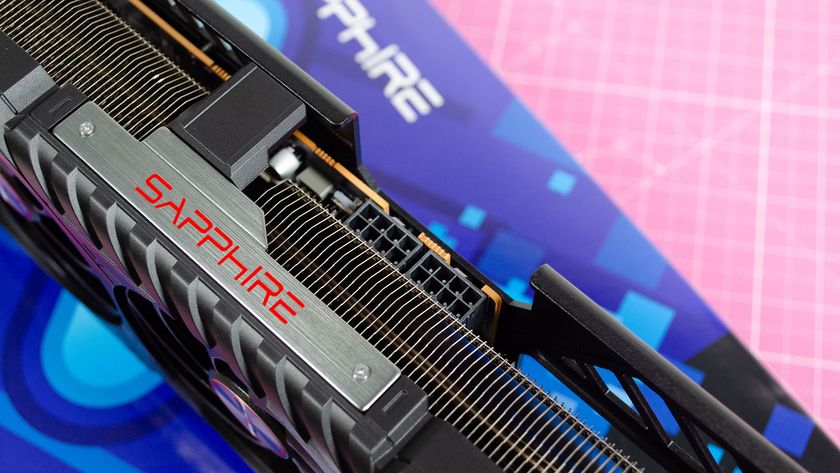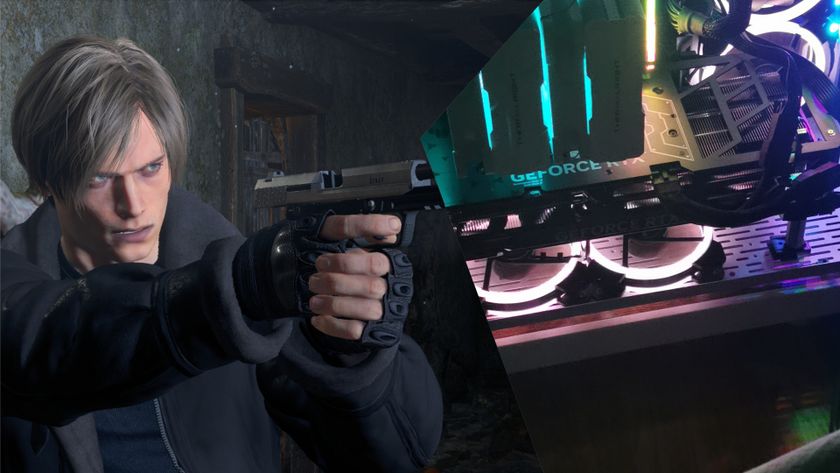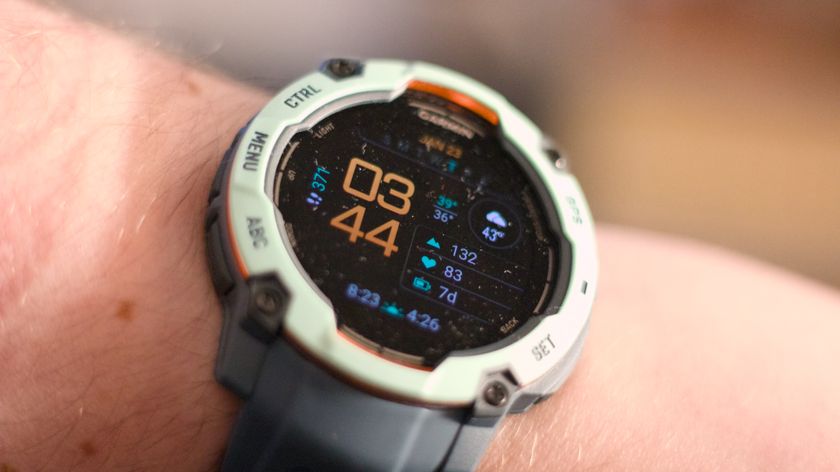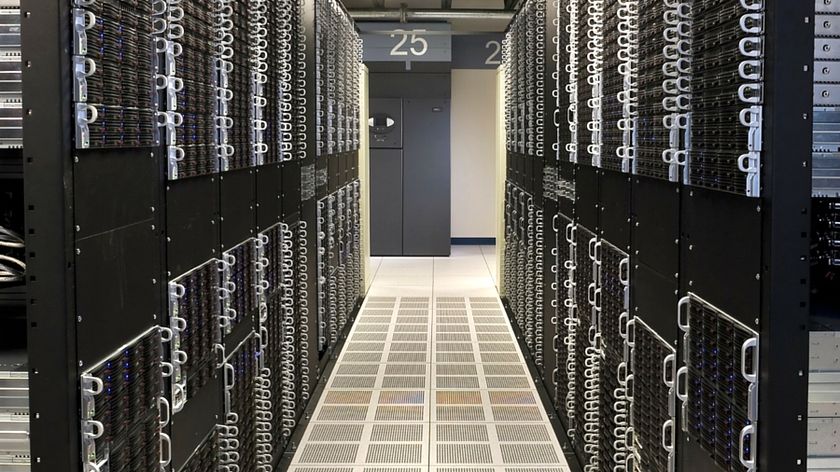AMD’s next-gen frame rate booster aims to take the fight to Nvidia DLSS
FSR 2.0 shown running in Deathloop, should arrive in Q2
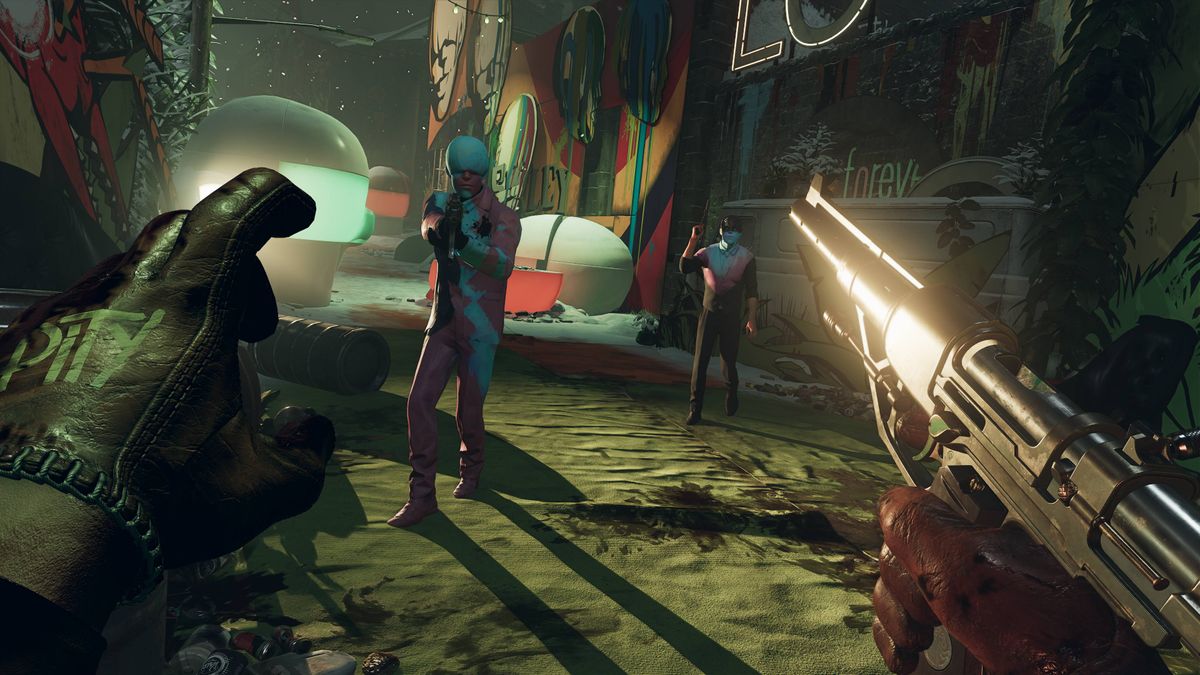
AMD has given us the lowdown on FSR 2.0, which is the next-generation of its FidelityFX Super Resolution upscaling designed to boost frame rates, giving us a first look at the new tech running in Deathloop.
So, how exactly does FSR 2.0 up the ante compared to the original incarnation? The crucial difference is that it uses temporal upscaling, as opposed to spatial in FSR 1.0.
In simple terms, spatial upscaling is a more basic approach that just uses data from the current frame of the running game to produce the upscaled image, whereas temporal upscaling makes use of past frames as well to enable a higher-quality level of upscaling. AMD further notes that it “also includes optimized high-quality anti-aliasing” into the bargain.
So overall, we’re looking at a much better upscaled image with “significantly higher image quality than FSR 1.0”, and that’s across all quality modes (and resolutions for that matter). In another big promise, AMD says that FSR 2.0 will deliver “similar or better than native image quality and help boost framerates in supported games.”
AMD provides some evidence of how FSR 2.0 is looking right now – the expected release date, by the way, is some point in Q2 2022, so by June – publishing some comparative screen shots of Deathloop in native resolution and with FSR 1.0 and 2.0 applied, along with a preview video which you can have a gander at below.
Deathloop will, unsurprisingly, be one of the first games to support FSR 2.0.
Analysis: We don’t need no artificial intelligence (or thought control)
This is an exciting development for PC gamers, for sure. Admittedly FSR still doesn’t use AI like Nvidia DLSS, but with temporal upscaling, version 2.0 of AMD’s tech should be able to get much closer to the kind of results seen with Team Green’s tech.
Get daily insight, inspiration and deals in your inbox
Sign up for breaking news, reviews, opinion, top tech deals, and more.
Of course, the big advantage is – assuming FSR 2.0 does come up trumps with its temporal twist as AMD is promising, and the quality is comparable to Nvidia – that Team Red’s take on upscaling can be used not just with its own graphics cards, but also its rival. Yes, just in case you forgot, FSR is good to go with (at least some) Nvidia GPUs that don’t have DLSS (the latter requires an RTX model).
Don’t forget that FSR does need to be coded into the game, just like DLSS requires support from the developer, but adoption is proceeding pretty speedily for AMD. The company observed that 61 games now have FSR, and 20 titles will do soon (with over 90 game devs now working with the tech).
AMD has also just introduced RSR or Radeon Super Resolution, a more limited frame rate boosting feature, but one that’s baked into the Radeon driver, so can work across all games (or thousands of them, anyway) without developer support. It’s not as good as FSR (or DLSS for that matter), of course, and it’s AMD-only given that it’s in the driver, but the tech is another string to Team Red’s bow when it comes to better gaming performance.
- Check out all the best gaming PCs
Darren is a freelancer writing news and features for TechRadar (and occasionally T3) across a broad range of computing topics including CPUs, GPUs, various other hardware, VPNs, antivirus and more. He has written about tech for the best part of three decades, and writes books in his spare time (his debut novel - 'I Know What You Did Last Supper' - was published by Hachette UK in 2013).
